Preceded by Succeeded by Founded 1137 | Government Monarchy Established 1137 | |
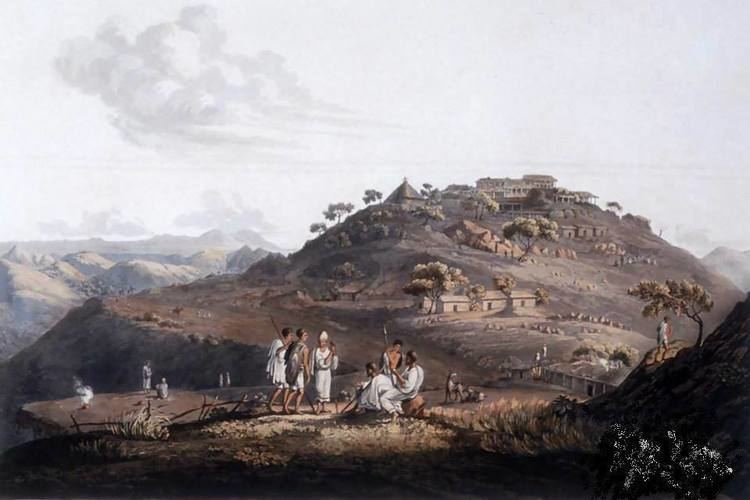 | ||
Similar Medri Bahri, Land of Punt, Federation of Ethiopia and Eritrea, Ethiopian Empire | ||
Medri bahri kingdom eritrea east africa 1137 1888
Medri Bahri (Tigrinya: ምድሪ ባሕሪ?) was a medieval kingdom in the Horn of Africa. Situated in modern-day Eritrea, it was ruled by the Bahri Negus (also called the Bahri Negasi), whose capital was located at Debarwa. At some periods in its' history, it was a vassal state of the Ethiopian Empire.
Contents
- Medri bahri kingdom eritrea east africa 1137 1888
- Overview
- Geography
- Demographics
- Medri Bahri Notable People
- References

Overview
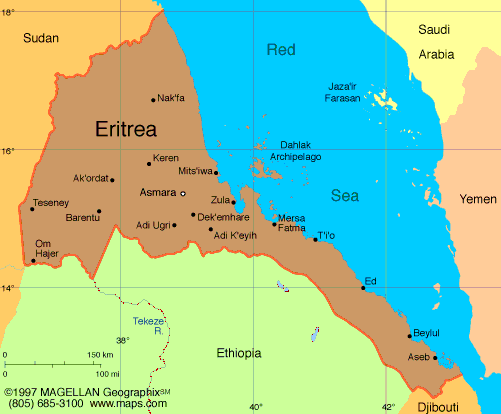
After the end of the Kingdom of Aksum, the Eritrean highlands were under the domain of Bahr Negash, which was ruled by the Bahr Negus. The area was then known as Ma'ikele Bahr ("between the seas/rivers," i.e. the land between the Red Sea and the Mereb river). It was later renamed under emperor Zara Yaqob as the domain of the Bahr Negash, the Medri Bahri ("Sea land" in Tingrinya, although it included some areas like Shire on the other side of the Mereb, today in Ethiopia). With its capital at Debarwa, the state's main provinces were Hamasien, Serae that formed one district, and this was politically, the most important district in the territory, and Akele Guzai. Later, Akele Guzai rejected the rule of the Bahr Negassi and remained independent, but was internally divided into several small free districts.
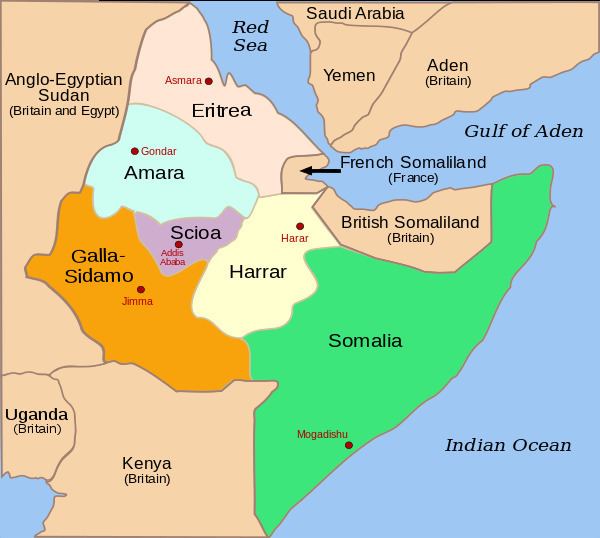
Turks briefly occupied the highland parts of Baharnagash in 1559 and withdraw after they encountered resistance and pushed back by the Bahrnegash and highland forces. In 1578 they tried to expand into the highlands with the help of Bahr Negash Yisehaq who has switched alliances due to power struggle, and by 1589 once again they were apparently compelled to withdraw their forces to the coast. After that Ottomans abandoned their ambitions to establish themselves on the highlands and remained in the lowlands until they left the region by 1872.
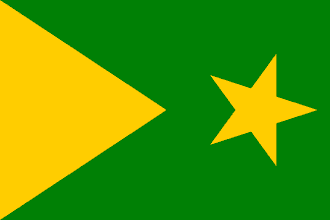
The Scottish traveler James Bruce reported in 1770 that Medri Bahri was a distinct political entity from Abyssinia, noting that the two territories were frequently in conflict. The Bahre-Nagassi ("Kings of the Sea") alternately fought with or against the Abyssinians and the neighbouring Muslim Adal Sultanate depending on the geopolitical circumstances. Medri Bahri was thus part of the Christian resistance against Imam Ahmad ibn Ibrahim al-Ghazi of Adal's forces, but later joined the Adalite states and the Ottoman Empire front against Abyssinia in 1572. That 16th century also marked the arrival of the Ottomans, who began making inroads in the Red Sea area.
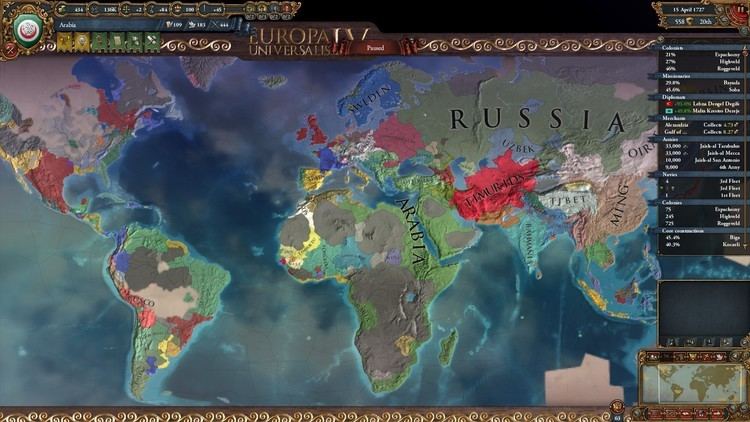
The territory became an Ottoman province or eyalet known as the Habesh Eyalet. Massawa served as the new province's first capital. When the city became of secondary economic importance, the administrative capital was soon moved across the Red Sea to Jeddah. Its headquarters remained there from the end of the 16th century to the early 19th century, with Medina temporarily serving as the capital in the 18th century.
The Ottomans were eventually driven out in the last quarter of the 16th century. However, they retained control over the seaboard until the establishment of Italian Eritrea in the late 1800s.
Geography
Medri Bahri, located in the highlands of Eritrea, comprised primarily of the districts of Akele Guzay, Hamasien, and Seraye. In the Tigrinya language, "Medri Bahri" translates to "Land of the Sea," a name that highlights its extensive coastline along the Red Sea. The kingdom shared its southern border with the Tigray Region, which was a part of the Ethiopian Empire, also referred to as Abyssinia.
Demographics
Medri bahri was composed of the following modern ethnic groups, Tigrinyas, Saho people, Tigre people.
